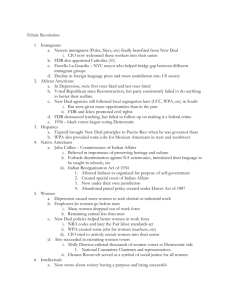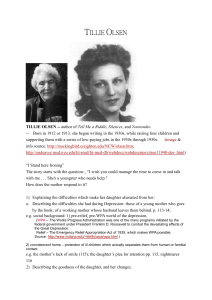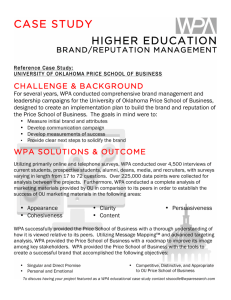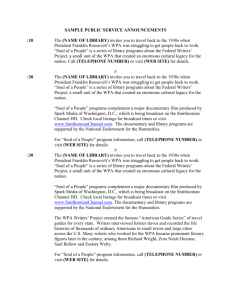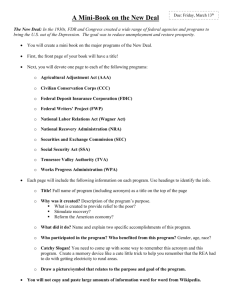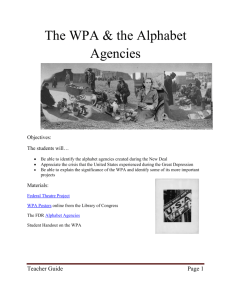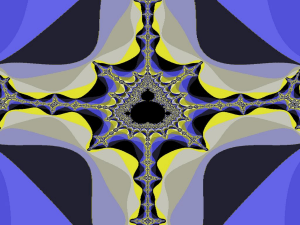teach-eng-mod1
advertisement
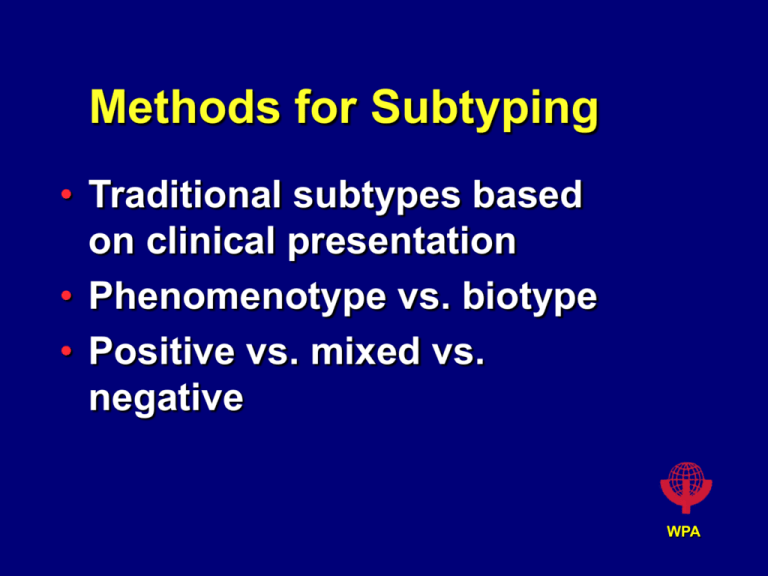
Methods for Subtyping • Traditional subtypes based on clinical presentation • Phenomenotype vs. biotype • Positive vs. mixed vs. negative WPA Traditional Subtypes • • • • • Paranoid Disorganized Catatonic Undifferentiated Residual WPA Traditional Subtypes • Divide patients based on their prominent presenting symptoms • Useful for prediction Prognosis Social and occupational function Response to treatment WPA Phenomenotype • • • • • • • Types of symptoms Severity of symptoms Longitudinal course Mode of onset Cognitive function Psychosocial adaptation Response to treatment WPA Biotype • Genetic loading and linkage • Birth and pregnancy complications • Viral risk factors • Neurophysiological measures • Neuropsychological measures • Neuroimaging measures • Neurochemical measures WPA Positive vs. Negative Positive Negative Poor premorbid Acute onset Psychotic symptoms Intact cognition Poor treatment response Neurochemical mechanism Reversible Good premorbid Insidious onset Negative symptoms Impaired cognition Good treatment response Structural mechanism Irreversible WPA DSM-IV Criteria for Schizophrenia: The Basics • Characteristic symptoms for one month • Social/Occupational Dysfunction • Overall Duration > 6 months • Not attributable to mood disorder • Not attributable to substance use or general medical condition WPA Criterion A: Characteristic Symptoms • At least two of the following, each present for a significant portion of time during a one month period (or less if successfully treated): • (1) delusions • (2) hallucinations • (3) disorganized speech (e.g., frequent derailment or incoherence) • (4) grossly disorganized or catatonic behavior • (5) negative symptoms, I.e., affective flattening, alogia, or avolition WPA Criterion A: Parenthetical Note • [Note: Only one “A” symptom is required if delusions are bizarre or hallucinations consist of a voice keeping up a running commentary on the person’s behavior or thoughts, or two or more voices conversing with each other.] WPA Criterion B: Social/Occupational Dysfunction • For a significant portion of the time since the onset of the disturbance, one or more major areas of functioning such as work, interpersonal relations or selfcare is markedly below the level achieved prior to the onset • OR when the onset is in childhood or adolescence, failure to achieve expected level of interpersonal, academic, or occupational achievement WPA Criterion C: Overall Duration • Continuous signs of the disturbance persist for at least six months • This six-month period must include at least one month of symptoms that meet criterion A (i.e., active phase symptoms), and may include periods of prodromal or residual symptoms • During these prodromal or residual period, the signs of the disturbance may be manifested by only negative symptoms or two or more symptoms listed in criterion A present in an attenuated form (e.g. odd beliefs, unusual perceptual experiences) WPA Criterion D: Schizoaffective and Mood Disorder Exclusion • Schizoaffective Disorder and Mood Disorder with Psychotic Features have been ruled out because of either: (1) No major depressive or manic episodes have occurred concurrently with the active phase symptoms; or (2) If mood episodes have occurred during active phase symptoms, their total duration has been brief relative to the duration of the active and residual periods WPA
